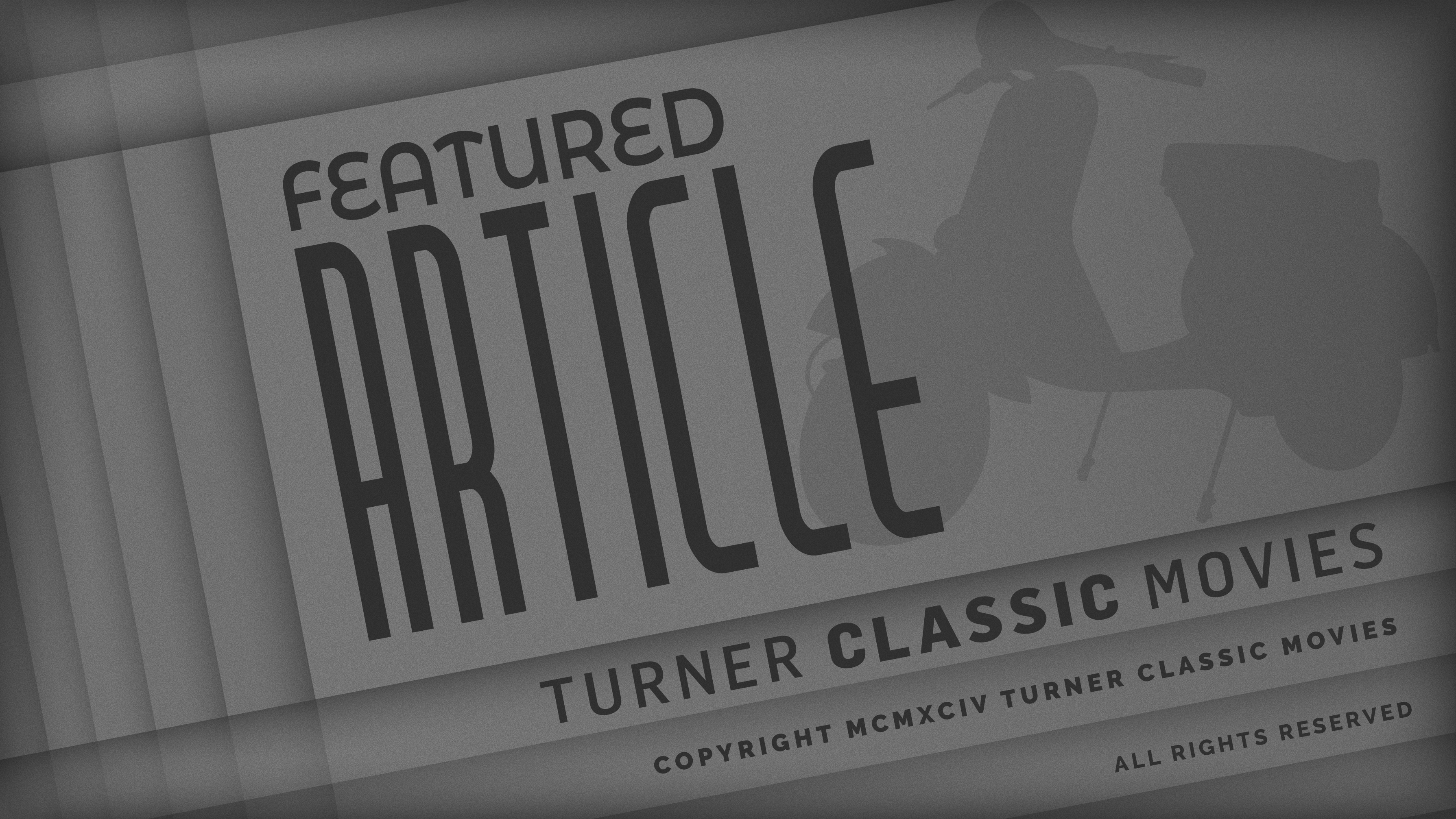The Brain That Wouldn't Die

Brief Synopsis
Cast & Crew
Joseph Green
Virginia Leith
Herb Evers
Adele Lamont
Bruce Brighton
Doris Brent
Film Details
Technical Specs

Synopsis
Surgeon Bill Cortner, who robs graves to obtain organs for his transplant experiments, has an automobile wreck in which his fiancée, Jan, is decapitated. He rushes her head to his laboratory where, with various drugs and equipment, he is able to keep the brain alive. Although Jan pleads with Cortner to let her die, he abducts Doris Powell, a disfigured photographer's model with a beautiful body, which he intends to attach to his fiancée's head. Jan, however, manages to communicate with a demented, captive monster created by Cortner's previous operations; when the creature escapes and sets the laboratory on fire, killing both the doctor and his assistant, Doris is freed and Jan's suffering ends.

Director
Joseph Green
Cast

Virginia Leith

Herb Evers

Adele Lamont

Bruce Brighton
Doris Brent
Leslie Daniel
Bonnie Shari
Paula Maurice
Lola Mason
Audrey Devereau
Bruce Kerr
Eddie Carmel
Crew
Leonard Anderson
Marc Anderson
Byron Baer
Abe Baker
Rex Carlton
Rex Carlton
Paul Fanning
George Fiala
Joseph Green
Joseph Green
Stephen Hajnal
Tony La Marca
Mort Landberg
Alfred H. Lessner
Tony Restaino

Photo Collections
Videos
Movie Clip





Hosted Intro
Film Details
Technical Specs

Articles
The Brain That Wouldn't Die
Comprised mostly of television bit players, the film follows the misadventures of struggling young scientist Dr. Bill Cortner (Jason "Herb" Evers), whose experiments involving the transplantation of body parts have resulted in some unsavory secrets in his basement at a secret country house. When he wrecks his car and accidentally dismembers his fiancée, fellow scientist Jan (Virginia Leith), he decides to abscond with her severed head and find it a new, super-stacked body to revive his love life. While the doc spends his spare time cruising strip joints and cheap beauty pageants for the perfect female vessel, the reanimated head of Jan sits in a medical pan and develops a peculiar telepathic connection with Bill's most monstrous creation, which lurks unseen behind a nearby locked door...
Though filmed in 1959, the film (originally filmed as The Head that Wouldn't Die) didn't see the light of drive-in projectors until 1962 (barely beating out the almost-as-ridiculous The Madmen from Mandoras (1963), later re-edited into the tacky They Saved Hitler's Brain), where it delighted horror fans with its eccentricities and secured its cult reputation for all time. Though its quality obviously can't compare, the film also ties with Georges Franju's Eyes without a Face (1960) as the first modern graphic gore film thanks to its imagery of chunks of torn shoulder flesh and amputated, wall-spraying arm stumps (often edited out of TV prints and several video editions). In an odd shortcut around the demands of creating an imposing monster, the film instead utilizes 7.6-foot-tall Israeli-born, Bronx-bred Eddie Carmel (born Edward Carmeli), a stand-up comedian, singer and circus performer most famous for his Diane Arbus portrait, "Jewish Giant at Home with His Parents." His only other credited film appearance came in 1963 with a caveman nudie, 50,000 B.C. (Before Clothing), which makes The Brain that Wouldn't Die look opulent in comparison.
Financed by Rex Carlton Productions (whose only other contribution to American cinema was the rather more sedate The Devil's Hand the same year), The Brain that Wouldn't Die was theatrically released by American-International Pictures, whose failure to add copyright information to the new title card resulted in the film quickly falling into the public domain. This proved to be a blessing as numerous video companies issued their own versions from the early 1980s, though its most notorious incarnation is easily its adaptation into one of the most popular episodes of Mystery Science Theater 3000. However, in this case, the experience is just as entertaining and outrageous if not even more so without the presence of wisecracking robots. Watch it with someone you love... or at least what's left of them.
Producer: Rex Carlton, Mort Landberg
Director: Joseph Green
Screenplay: Rex Carlton (story), Joseph Green
Cinematography: Stephen Hajnal
Film Editing: Leonard Anderson, Marc Anderson
Art Direction: Paul Fanning
Music: Abe Baker, Tony Restaino
Cast: Jason Evers (Dr. Bill Cortner), Virginia Leith (Jan Compton), Leslie Daniels (Kurt), Adele Lamont (Doris Powell), Marilyn Hanold (Peggy Howard), Bruce Brighton (Dr. Cortner).
BW-82m.
by Nathaniel Thompson

The Brain That Wouldn't Die
Quotes
The paths of experimentation twist and turn through mountains of miscalculations and often lose themselves in error and darkness!- Kurt
Nothing you can be is more terrible than what I am.- Jan Compton
You're nothing but a freak of life! And, a freak of death!- Kurt
And what else has happened to it?- Jan Compton
What do you mean, *what else*? Well, it's... It's mutated some, of course. It's changed considerably.- Kurt
Oh, come on now, Doris. Do I look like a maniac who goes around killing girls?- Dr. Bill Cortner
Trivia
Original plans were for last reel to be in color, with the doctor's head being cut off. Scenes were filmed with rats menacing the head.
Notes
Location scenes filmed near Tarrytown, New York, in 1959. Prerelease title: The Black Door. Also known as The Head That Wouldn't Die. Herb Evers is also credited as Jason Evers.

Miscellaneous Notes
Released in United States 1962
Released in United States 1962














